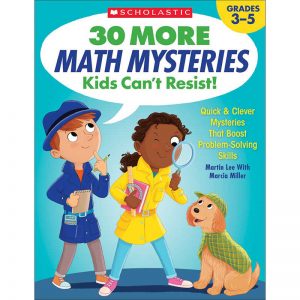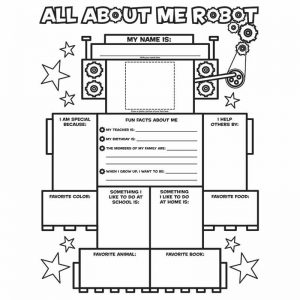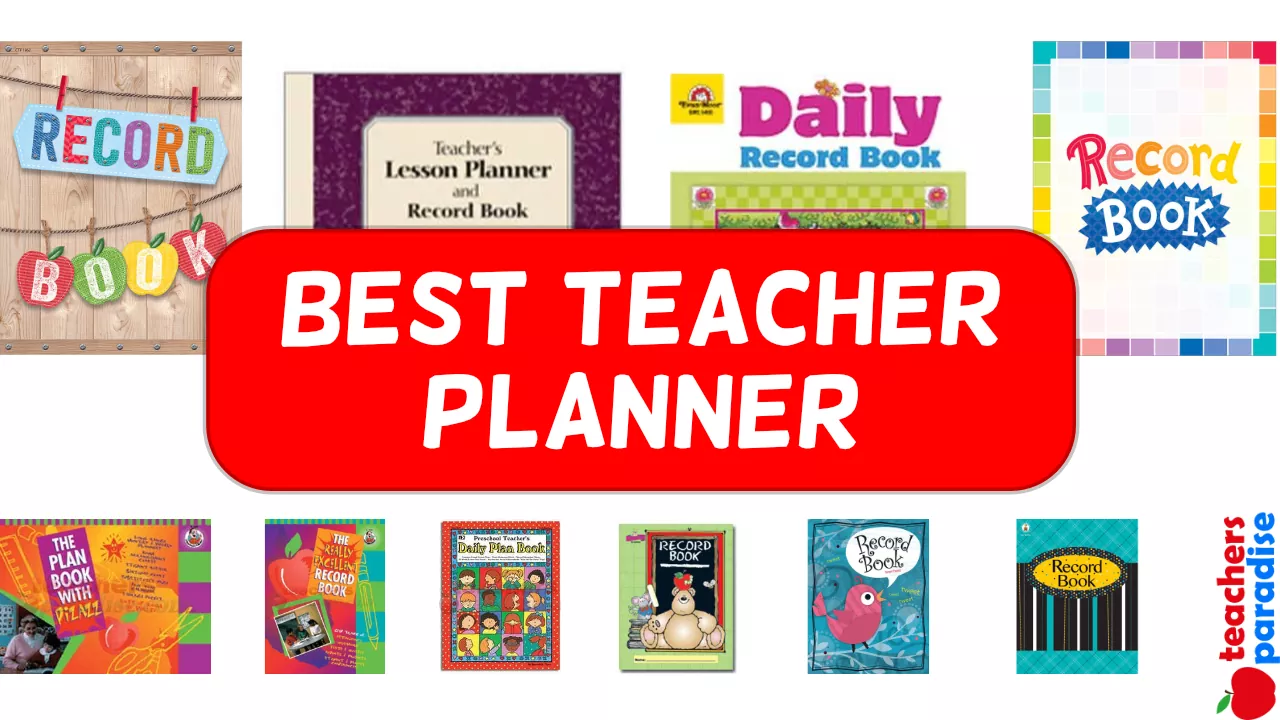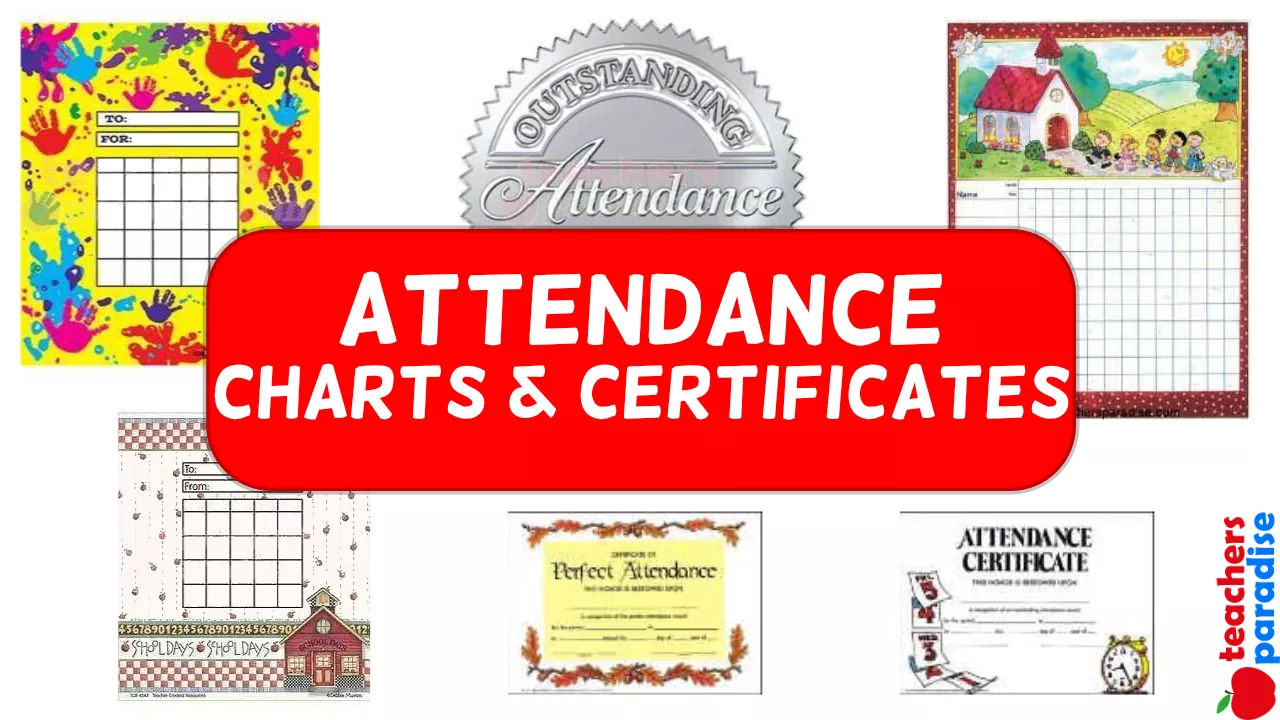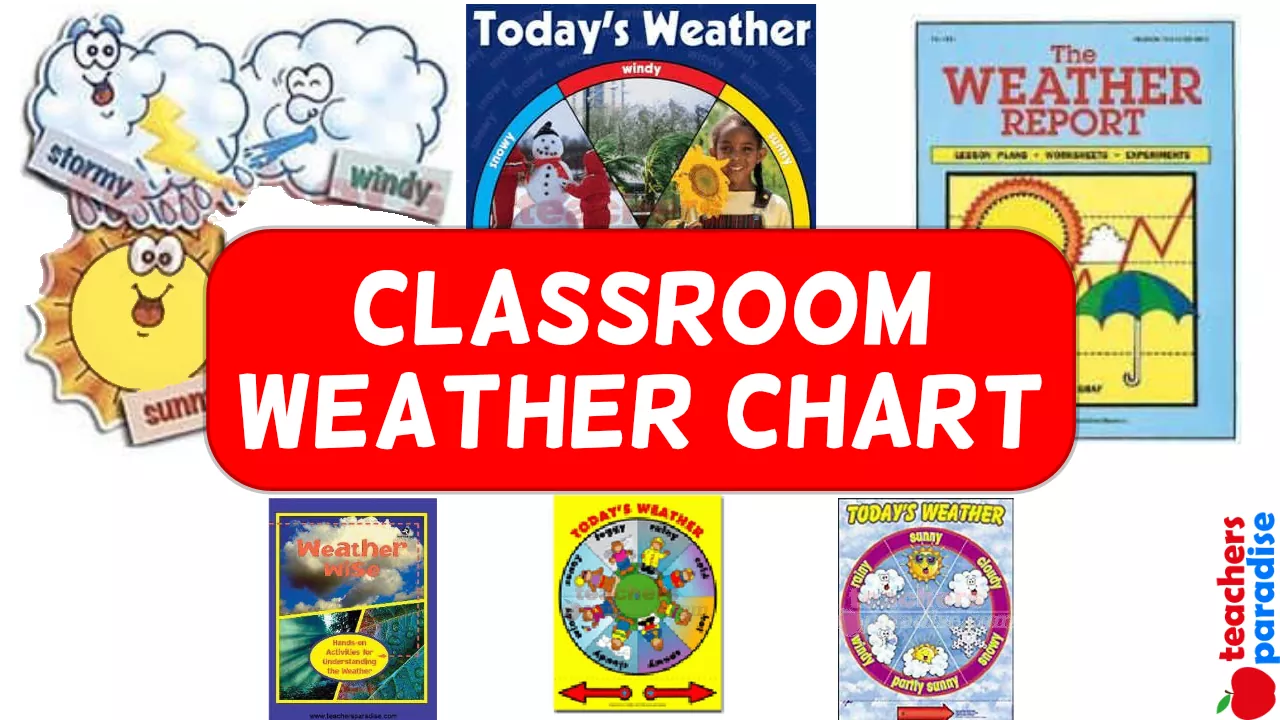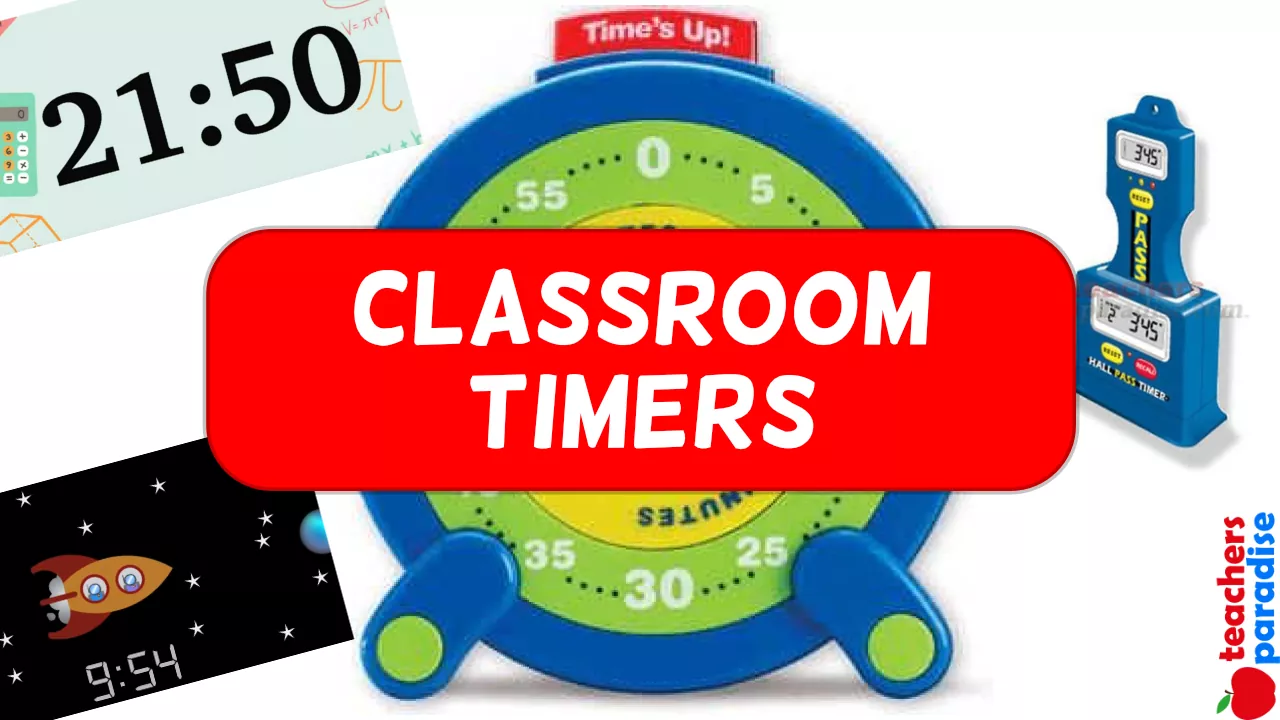An Easy System for Teaching the Top 120 Word Families to Set the Stage for Reading Success
Why Word Families?
Teaching word families is an essential component of any literacy program. Since learning word families involves recognizing words that end with the same sound and spelling pattern, studying them builds phonemic awareness of rhyming sounds and also increases children’s sight word vocabulary. The activities in this book support young readers by teaching them a variety of phonograms (letters in the word family that stand for the common sound), and the more phonograms children can recognize, the more words they can read and spell. Think about it: If a reader knows the word cat, it is much easier to recognize the words bat, rat, sat, and mat.
WORKSHEET & Sample PDF Activity
Sample PDF Activity
Research has repeatedly shown that direct phonics instruction is an important part of literacy learning, and that word family instruction is a highly valuable way to teach sound-spelling relationships. An astounding number of the words children will encounter in their reading fall into common word families, and within these families, words that use the same cluster of letters are almost always pronounced the same way. Direct instruction of these common relationships helps children learn to detect patterns in words and increases their automaticity—the ability to recognize words on sight, without having to decode them (or in other words, sound them out).
Automaticity, in turn, leads to even greater gains, because as children’s word-recognition skills improve, so does their comprehension. Why? Because sounding out a word takes up time and brainpower. The faster children can recognize words, and the less energy they need to expend in order to do it, the more there is left over to devote to understanding the meaning of the words. Comprehending ideas is, of course, the ultimate goal in becoming a fluent reader—and learning word families is an essential step toward reaching that goal.
About This Book
Twenty Week-by-Week Word Family Packets is the product of my professional research and experience as a reading specialist. It is designed to provide you with a full range of fundamental phonetic and phonemic activities to support emerging and early readers. The activities in each packet, which have been used successfully with my own students, systematically introduce and reinforce 120 of the most essential word families. Each activity is presented in a simple layout that is both easy to understand and fun to complete, promising to engage even the most reluctant readers.
The book is organized into 20 packets of study. Each packet begins with a page that introduces six new word families, followed by nine engaging activity sheets that help children practice the word families. The activities are also structured to address several important core reading skills (see About the Activity Skills, page 9). Plus, they’re designed to appeal to a variety of learning styles to ensure you can reach each and every child. The program is flexible, so you can complete the exercises in order or pick and choose the particular skills you’d like to target (see Instructional Options, page 12).
Week-by-Week Word Family Packets
Scope and Sequence Chart
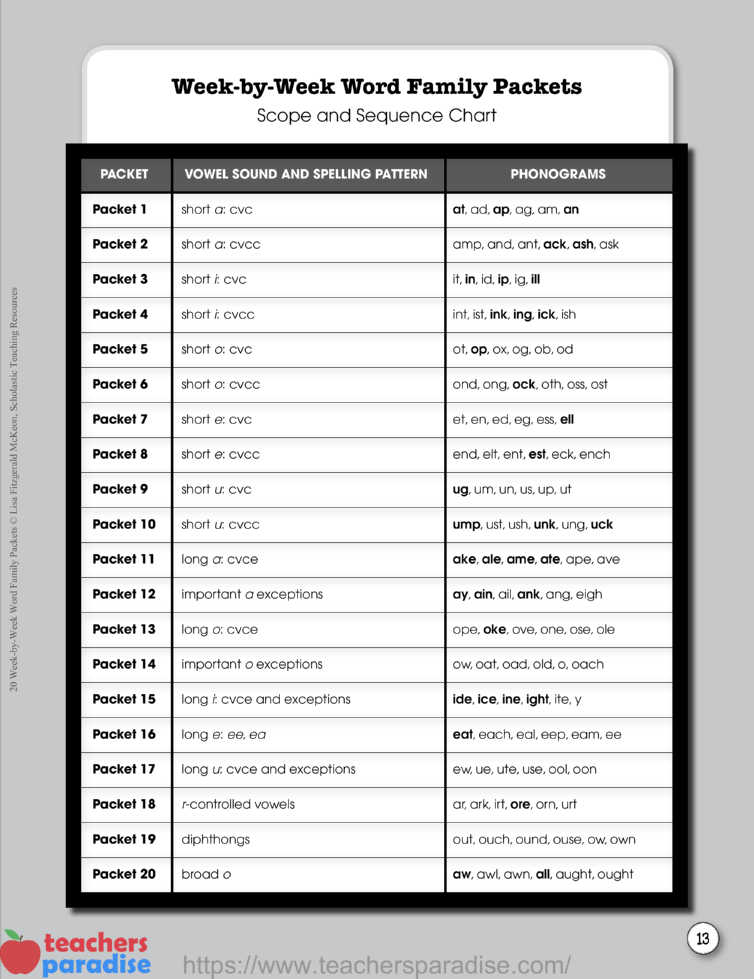
You will learn these word families:
at, ad, ap, ag, am, an
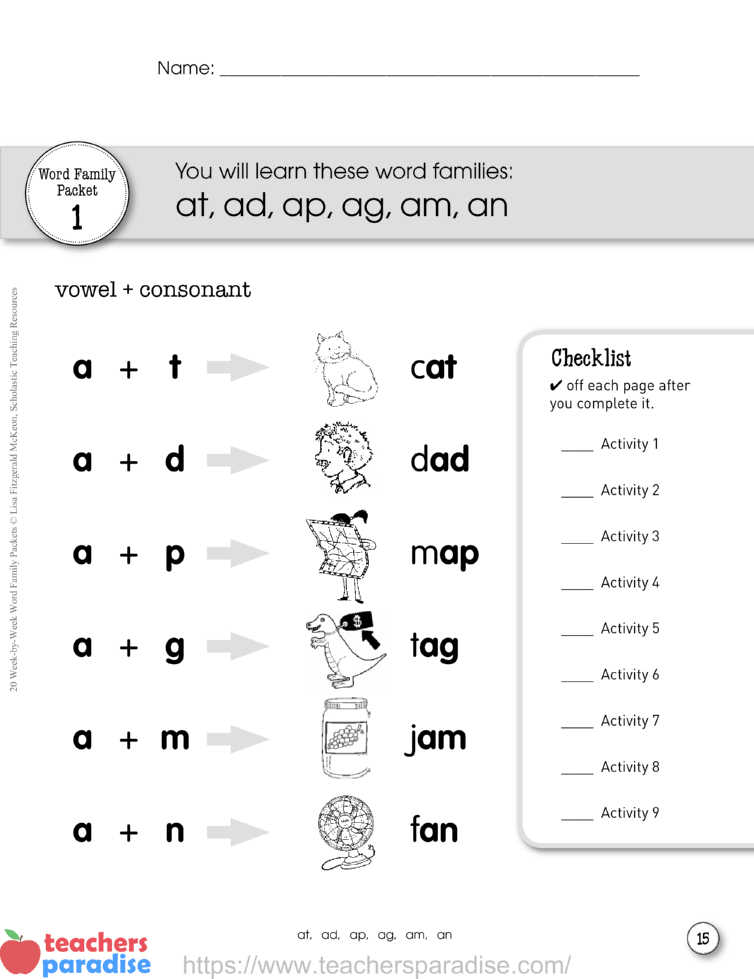
Which Words Live Here?
Use the letters and blends from the attic to make words in each word family. If you can’t make any more real words, you can make nonsense words.
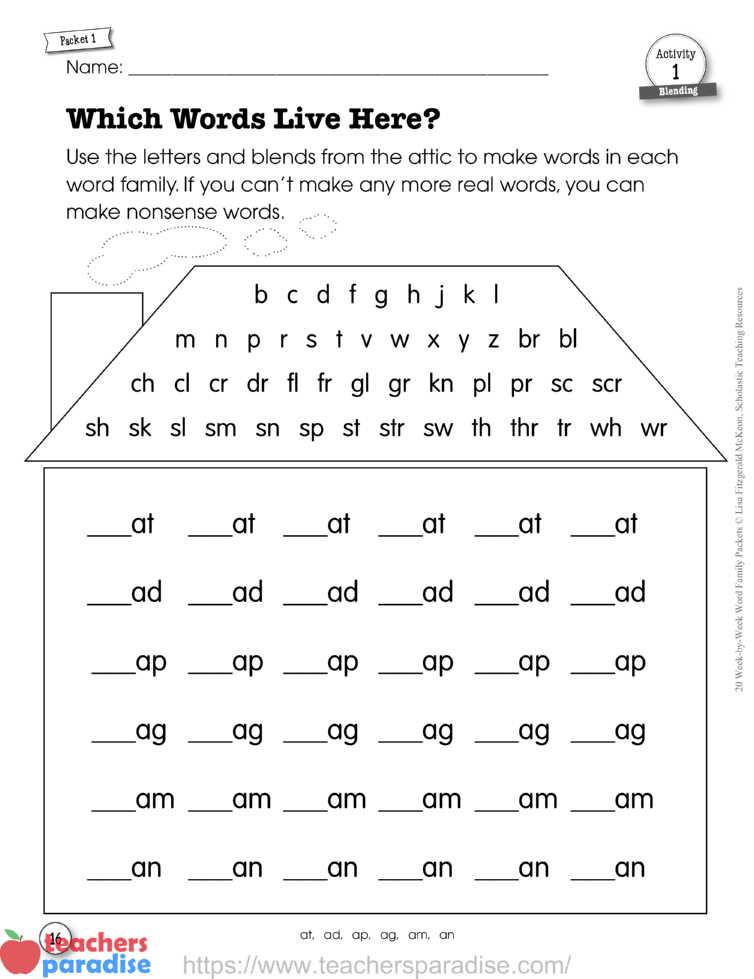
Where Do You Hear It?
Do you hear the sound at the BEGINNING, MIDDLE, or END?
Circle the right answer.
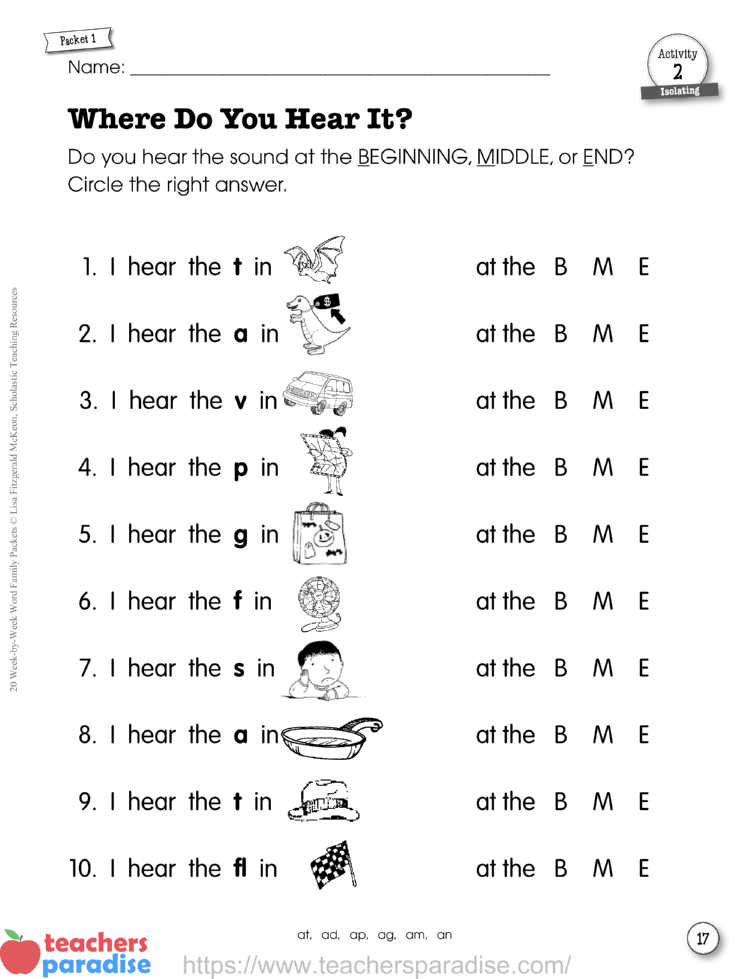
How Many Sounds Can You Hear?
Put your hand on top of the hand below. Read each of the words out loud SLOWLY. For every sound you hear, tap on a finger.
How many taps were there? Circle that number.
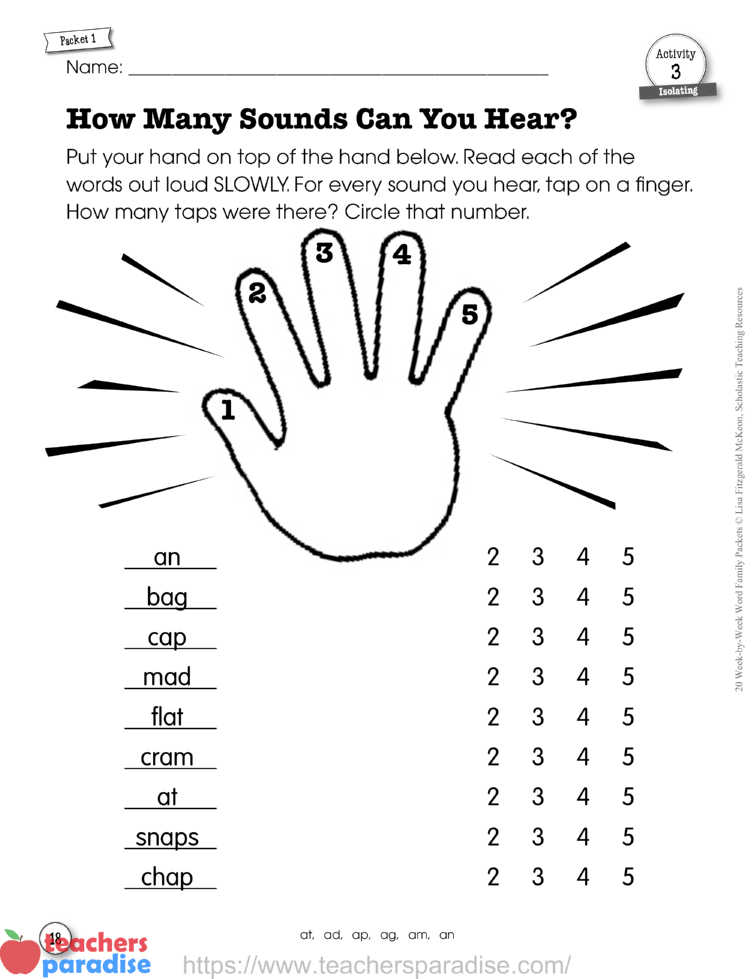
Words From Earth or Mars?
Which words are real words we use on Earth? Which words are
Martian words used only on Mars? Sort them.
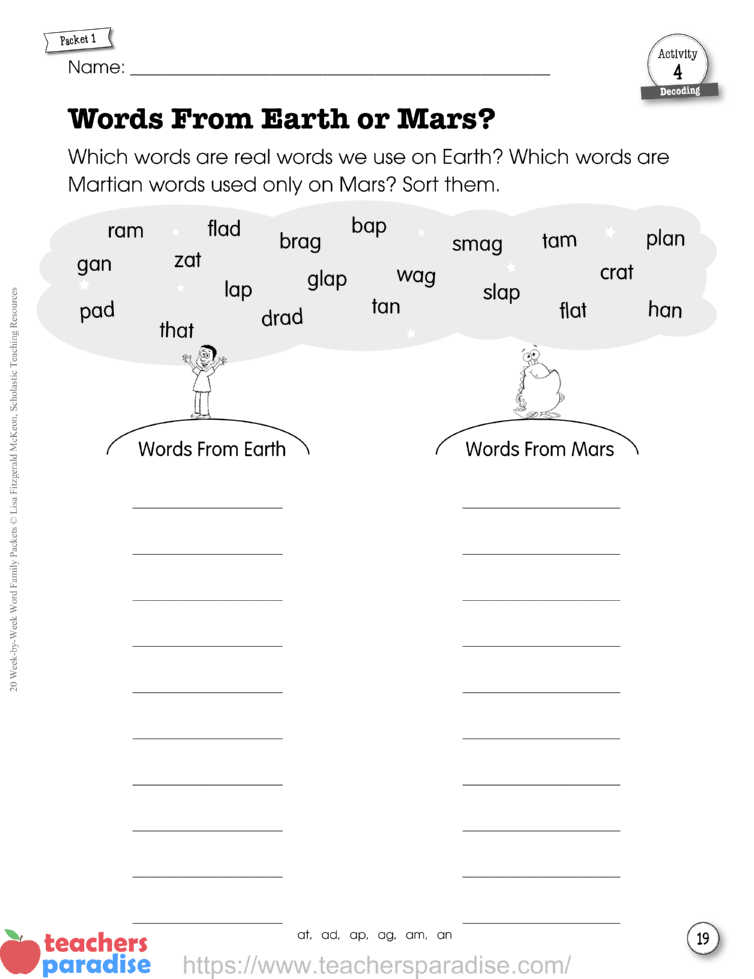
Table of Contents
Introduction
A Note From the Author – 7
Why Word Families? – 8
About This Book – 8
About the Activity Skills – 9
Using the Lessons: Helpful Tips – 11
Scope and Sequence – 12
Packet 1: short a, cvc
(at, ad, ap, ag, am, an)
Introduction Page – 15
Activity 1: Blending – 16
Activity 2: Isolating – 17
Activity 3: Isolating – 18
Activity 4: Decoding – 19
Activity 5: Rhyming – 20
Activity 6: Isolating – 21
Activity 7: Comprehending – 22
Activity 8: Deducing – 23
Activity 9: Attending – 24
Packet 2: short a, cvcc
(amp, and, ant, ack, ash, ask)
Introduction Page – 25
Activity 1: Blending – 26
Activity 2: Isolating – 27
Activity 3: Isolating – 28
Activity 4: Decoding – 29
Activity 5: Rhyming – 30
Activity 6: Isolating – 31
Activity 7: Comprehending – 32
Activity 8: Deducing – 33
Activity 9: Attending – 34
Packet 3: short i, cvc
(it, in, id, ip, ig, ill)
Introduction Page – 35
Activity 1: Blending – 36
Activity 2: Isolating – 37
Activity 3: Isolating – 38
Activity 4: Decoding – 39
Activity 5: Rhyming – 40
Activity 6: Isolating – 41
Activity 7: Comprehending – 42
Activity 8: Deducing – 43
Activity 9: Attending – 44
Packet 4: short i, cvcc
(int, ist, ink, ing, ick, ish)
Introduction Page – 45
Activity 1: Blending – 46
Activity 2: Isolating – 47
Activity 3: Isolating – 48
Activity 4: Decoding – 49
Activity 5: Rhyming – 50
Activity 6: Isolating – 51
Activity 7: Comprehending – 52
Activity 8: Deducing – 53
Activity 9: Attending – 54
Packet 5: short o, cvc
(ot, op, ox, og, ob, od)
Introduction Page – 55
Activity 1: Blending – 56
Activity 2: Isolating – 57
Activity 3: Isolating – 58
Activity 4: Decoding – 59
Activity 5: Rhyming – 60
Activity 6: Isolating – 61
Activity 7: Comprehending – 62
Activity 8: Deducing – 63
Activity 9: Attending – 64
Packet 6: short o, cvcc
(ond, ong, ock, oth, oss, ost)
Introduction Page – 65
Activity 1: Blending – 66
Activity 2: Isolating – 67
Activity 3: Isolating – 68
Activity 4: Decoding – 69
Activity 5: Rhyming – 70
Activity 6: Isolating – 71
Activity 7: Comprehending – 72
Activity 8: Deducing – 73
Activity 9: Attending – 74
Packet 7: short e, cvc
(et, en, ed, eg, ess, ell)
Introduction Page – 75
Activity 1: Blending – 76
Activity 2: Isolating – 77
Activity 3: Isolating – 78
Activity 4: Decoding – 79
Activity 5: Rhyming – 80
Activity 6: Isolating – 81
Activity 7: Comprehending – 82
Activity 8: Deducing – 83
Activity 9: Attending – 84
Packet 8: short e, cvcc
(end, elt, ent, est, eck, ench)
Introduction Page – 85
Activity 1: Blending – 86
Activity 2: Isolating – 87
Activity 3: Isolating – 88
Activity 4: Decoding – 89
Activity 5: Rhyming – 90
Activity 6: Isolating – 91
Activity 7: Comprehending – 92
Activity 8: Deducing – 93
Activity 9: Attending – 94
Packet 9: short u, cvc
(ug, um, un, us, up, ut)
Introduction Page – 95
Activity 1: Blending – 96
Activity 2: Isolating – 97
Activity 3: Isolating – 98
Activity 4: Decoding – 99
Activity 5: Rhyming – 100
Activity 6: Isolating – 101
Activity 7: Comprehending – 102
Activity 8: Deducing – 103
Activity 9: Attending – 104
Packet 10: short u, cvcc
(ump, ust, ush, unk, ung, uck)
Introduction Page – 105
Activity 1: Blending – 106
Activity 2: Isolating – 107
Activity 3: Isolating – 108
Activity 4: Decoding – 109
Activity 5: Rhyming – 110
Activity 6: Isolating – 111
Activity 7: Comprehending – 112
Activity 8: Deducing – 113
Activity 9: Attending – 114
Packet 11: long a, cvce
(ake, ale, ame, ate, ape, ave)
Introduction Page – 115
Activity 1: Blending – 116
Activity 2: Isolating – 117
Activity 3: Isolating – 118
Activity 4: Decoding – 119
Activity 5: Rhyming – 120
Activity 6: Isolating – 121
Activity 7: Comprehending – 122
Activity 8: Deducing – 123
Activity 9: Attending – 124
Packet 12: important a exceptions
(ay, ain, ail, ank, ang, eigh)
Introduction Page – 125
Activity 1: Blending – 126
Activity 2: Isolating – 127
Activity 3: Isolating – 128
Activity 4: Decoding – 129
Activity 5: Rhyming – 130
Activity 6: Isolating – 131
Activity 7: Comprehending – 132
Activity 8: Deducing – 133
Activity 9: Attending – 134
Packet 13: long o, cvce
(ope, oke, ove, one, ose, ole)
Introduction Page – 135
Activity 1: Blending – 136
Activity 2: Isolating – 137
Activity 3: Isolating – 138
Activity 4: Decoding – 139
Activity 5: Rhyming – 140
Activity 6: Isolating – 141
Activity 7: Comprehending – 142
Activity 8: Deducing – 143
Activity 9: Attending – 144
Packet 14: important o exceptions
(ow, oat, oad, old, o, oach)
Introduction Page – 145
Activity 1: Blending – 146
Activity 2: Isolating – 147
Activity 3: Isolating – 148
Activity 4: Decoding – 149
Activity 5: Rhyming – 150
Activity 6: Isolating – 151
Activity 7: Comprehending – 152
Activity 8: Deducing – 153
Activity 9: Attending – 154
Packet 15: long i, cvce & exceptions
(ide, ice, ine, ight, ite, y)
Introduction Page – 155
Activity 1: Blending – 156
Activity 2: Isolating – 157
Activity 3: Isolating – 158
Activity 4: Decoding – 159
Activity 5: Rhyming – 160
Activity 6: Isolating – 161
Activity 7: Comprehending – 162
Activity 8: Deducing – 163
Activity 9: Attending – 164
Packet 16: long e, ee, ea
(eat, each, eal, eep, eam, ee)
Introduction Page – 165
Activity 1: Blending – 166
Activity 2: Isolating – 167
Activity 3: Isolating – 168
Activity 4: Decoding – 169
Activity 5: Rhyming – 170
Activity 6: Isolating – 171
Activity 7: Comprehending – 172
Activity 8: Deducing – 173
Activity 9: Attending – 174
Packet 17: long u, cvce & exceptions
(ew, ue, ute, use, ool, oon)
Introduction Page – 175
Activity 1: Blending – 176
Activity 2: Isolating – 177
Activity 3: Isolating – 178
Activity 4: Decoding – 179
Activity 5: Rhyming – 180
Activity 6: Isolating – 181
Activity 7: Comprehending – 182
Activity 8: Deducing – 183
Activity 9: Attending – 184
Packet 18: r-controlled vowels
(ar, ark, irt, ore, orn, urt)
Introduction Page – 185
Activity 1: Blending – 186
Activity 2: Isolating – 187
Activity 3: Isolating – 188
Activity 4: Decoding – 189
Activity 5: Rhyming – 190
Activity 6: Isolating – 191
Activity 7: Comprehending – 192
Activity 8: Deducing – 193
Activity 9: Attending – 194
Packet 19: diphthongs
(out, ouch, ound, ouse, ow, own)
Introduction Page – 195
Activity 1: Blending – 196
Activity 2: Isolating – 197
Activity 3: Isolating – 198
Activity 4: Decoding – 199
Activity 5: Rhyming – 200
Activity 6: Isolating – 201
Activity 7: Comprehending – 202
Activity 8: Deducing – 203
Activity 9: Attending – 204
Packet 20: broad o
(aw, awl, awn, all, aught, ought)
Introduction Page – 205
Activity 1: Blending – 206
Activity 2: Isolating – 207
Activity 3: Isolating – 208
Activity 4: Decoding – 209
Activity 5: Rhyming – 210
Activity 6: Isolating – 211
Activity 7: Comprehending – 212
Activity 8: Deducing – 213
Activity 9: Attending – 214
Answer Key – 215
Word Family Lists – 220

